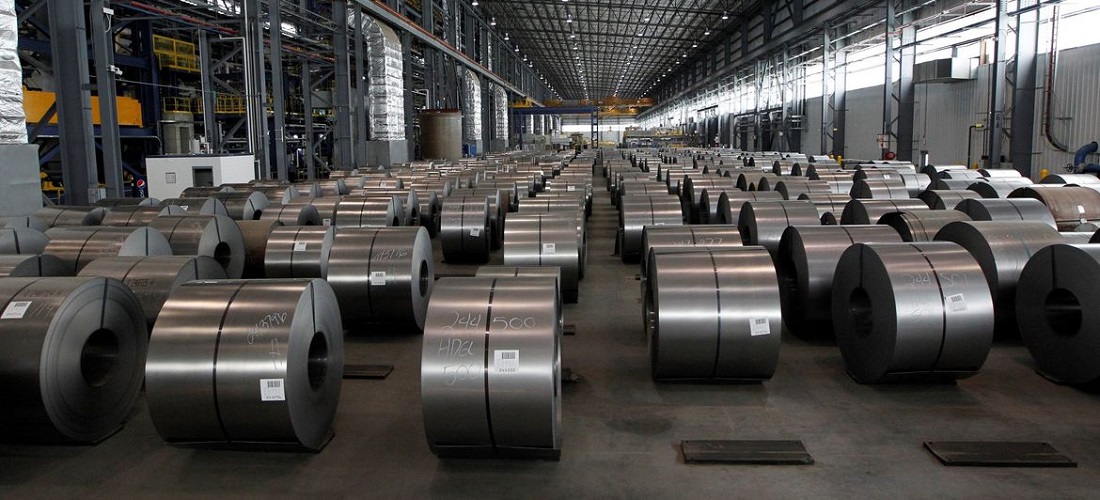
Surge in imports and decarbonization spreads concern across Latin America steel industry
Nov, 10, 2023 Posted by Gabriel MalheirosWeek 202345
More than 700 steel industry leaders from Latin America gathered in São Paulo to analyze the steel sector’s current situation and issued a strong warning about the surge in production and imports from China, jeopardizing the regional market’s development capacity.
According to data presented by the Latin American Steel Association (Alacero) during the two-day summit in Brazil, in 2023, the consumption of rolled steel will increase by 2.4% compared to the previous year, reaching 71 million tons, while local production will experience a 7.5% decrease, totaling 58 million tons.
This consumption increase will be driven by the growth of extra-regional imports, which represented 31% in 2022 (approximately 21.2 million tons), but it is expected to reach 34% in 2023, totaling 24.3 million tons.
“The numbers show that there is still strong extra-regional activity in the steel chain. From 2015 to 2023, 88% of the steel consumed in Latin America came from extra-regional imports due to competitive asymmetries impacting local supply,” executives warned at the Transamerica Expocenter, the most important conclave in the Brazilian financial center.
During discussions and conversations, Alacero’s directors warned of the “imminent risk” regarding unfair trade practices with China. Currently, China is the leading extra-regional steel supplier to Latin America, accounting for one-third of imports. This is reflected in the number of anti-dumping actions opened in the region during the first half of 2023, with 63% directed against China.
Consumption estimates by country presented by the entity during the Alacero Summit demonstrated significant variations. Mexico, for example, recorded -2% last year and has an estimated 9.7% for this year. Brazil closed 2022 with -10.6% and expects to end 2023 with -1.5%. Argentina concluded 2022 with 1.2% and projects to finish 2023 with 0.7%, while Colombia showed -13.7% in 2022 and expects 2.4% in 2023.
Regarding 2022, exports will decrease by 2.6 million tons, totaling 7.9 million tons, while imports will increase by 2.1 million tons, reaching 26.5 million tons.
The chart below – developed with DataLiner data – shows Brazilian steel imports (hs 7326) from Jan 2020 and Sep 2023.
Steel imports from China | Jan 2020 – Sep 2023 | TEU
Source: DataLiner (click here to request a demo)
Decarbonization
Alejandro Wagner, Executive Director of Alacero, spoke out on decarbonization and trade trends. “For every ton of steel produced, Latin American companies emit 1.6 tons of CO2, a number lower than the global average of 1.8 tons, according to Worldsteel. To achieve CO2 emission reduction goals by 2050, awareness, discussion, action, and joint industry projects are necessary,” stated the entity’s leader.
This is because, for Latin American steel leaders, the danger to the sector is not only the increase in production and production capacity in China but also the high CO2 emissions associated with it.
Currently, annual crude steel production in the region exceeds 60 million tons, while global production is almost 2 billion tons. Of this total, China represents half of the volume.
“In Latin America, we produce steel with a carbon footprint 15% lower than the global average and 30% lower than China’s. However, today, a significant portion of the steel consumed in the region, directly and indirectly, comes from this country, under unfair market conditions, replacing quality jobs and impacting the environment,” Wagner emphasized.
Alacero and Worldsteel data reveal that, in 2022, the amount of CO2 emitted per ton of crude steel produced globally averaged 1.91 tons, while China’s was 2.24 tons, and Latin America’s was 1.55 tons, representing a 7% decrease from the previous year.
Source: Ámbito
Click here to read the original publication: https://www.ambito.com/energia/acero-preocupacion-america-latina-aluvion-importaciones-y-la-descarbonizacion-n5868916
-
Coffee
Oct, 10, 2019
0
Brazilian coffee exports grow 2.6%
-
Other Logistics
May, 24, 2021
0
Railway expands volume of steel inputs transported in 2020
-
Shipping
Oct, 10, 2022
0
Brazil issues legislation to regulate federal taxes suspension over bunker oil transactions
-
OTI Rankings
Oct, 16, 2023
0
OTI Ranking | DataLiner | Jan-Aug 2023 vs. Jan-Aug 2022


